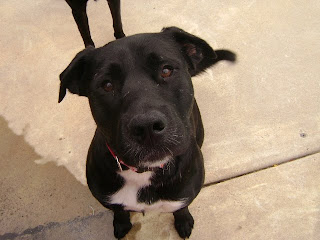
We may have missed National Poison Prevention Week (March 20–26), but that doesn’t mean we can’t bring you some helpful tips and information to protect your precious pet.
The ASPCA (American Society for the Prevention of Cruelty to Animals) released the top 10 pet toxins of 2010 after its Animal Poison Control Center fielded some 167,000 phone calls regarding pets exposed to possible poisons over the year. Let’s make this a learning situation. Here are the top 10 culprits:
Medications for People
The things that are meant to make us better can also make our pets sick. The ASPCA said a full quarter of the calls their Animal Poison Control Center took were regarding human medications, most often over-the-counter pain meds, antidepressants and ADHD medication.
Insecticides
Falling shortly behind medications, insecticides made up about one-fifth of the APCC calls. These include not only household bug control products but things like flea control for your pet. The ASPCA warns to always read label directions and follow them carefully.
Rodenticides
Like insecticides, but, you know, for rodents. Keep in mind that the same poison meant to lure mice or rats could lure your cat or dog as well. If you use rodenticides, be sure to place them somewhere your pets cannot reach.
Food
Tasty for us, dangerous for them. The ASPCA reminds us that some seemingly harmless foods are dangerous for pets, like grapes and raisins (canine kidney failure) or onions and garlic (anemia).
Veterinary Medications
Like kids’ cold medicine or gummy vitamins, many pet medications are flavored. This is helpful when you need to give your pet a dose, but dangerous if your pet finds them too tasty and ingests more than he or she should.
Chocolate
Sometimes it’s strange to think that something so delicious and wonderful could be bad for anybody at all. Alas, it’s true. And according to the ASPCA, the darker the chocolate, the more dangerous it is for your pet.
Household Items
From cleaning supplies to batteries, everyday items around the house can be very dangerous if ingested. Do your best to keep hazardous items where pets can’t get to them.
Plants and Flowers
While they clean the air and add to the aesthetic of your house, some flora and fauna can also prove fatal. For example, both lilies and sago palms are dangerous for pets.
Herbicides
If you use herbicides, be sure to keep pets away from the area until it is dry and read and follow all instructions.
Garage Items
Our garages and sheds are often ripe with dangerous items. Be sure to keep items like antifreeze and fertilizers out of your pets’ reach.





